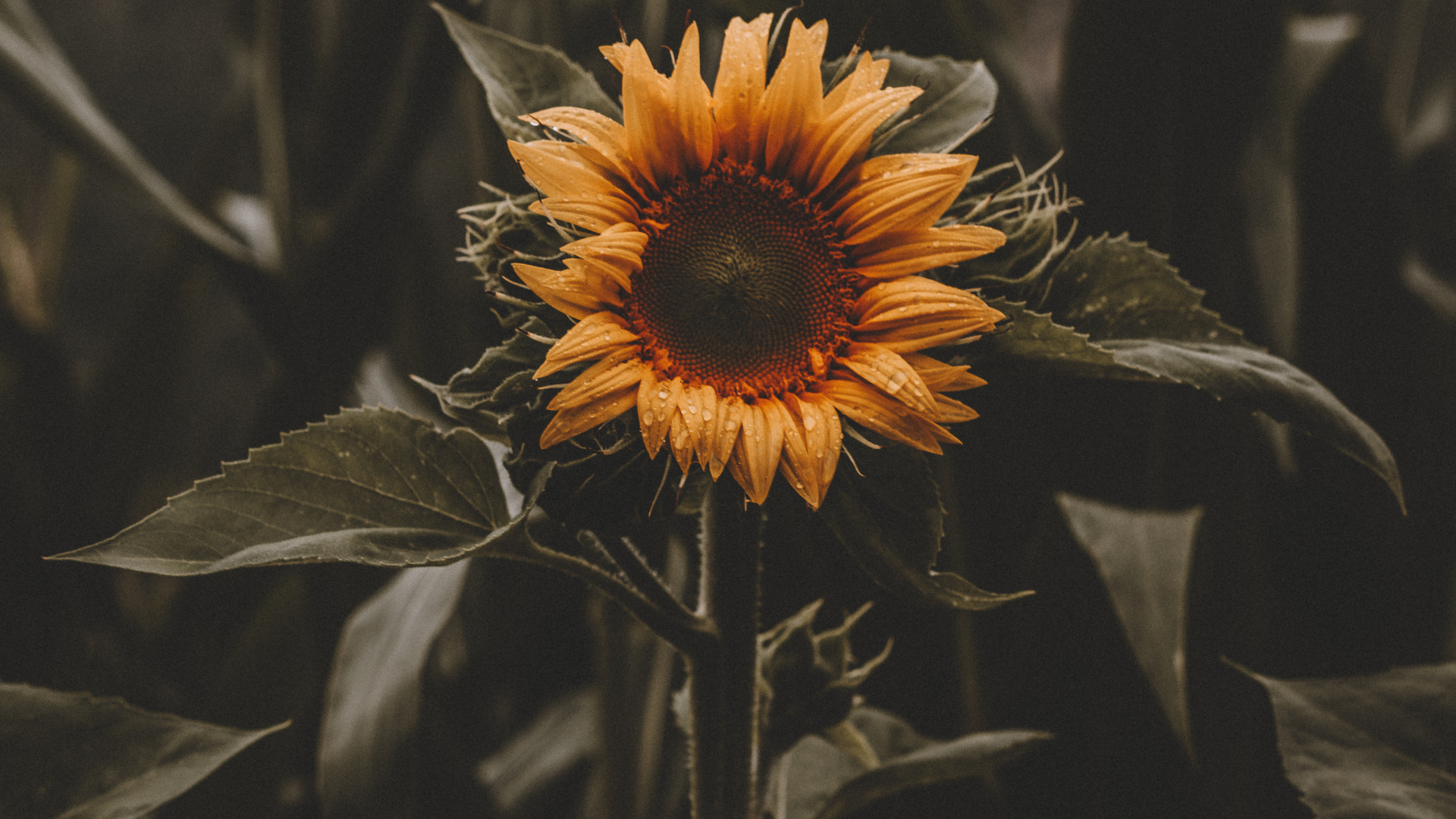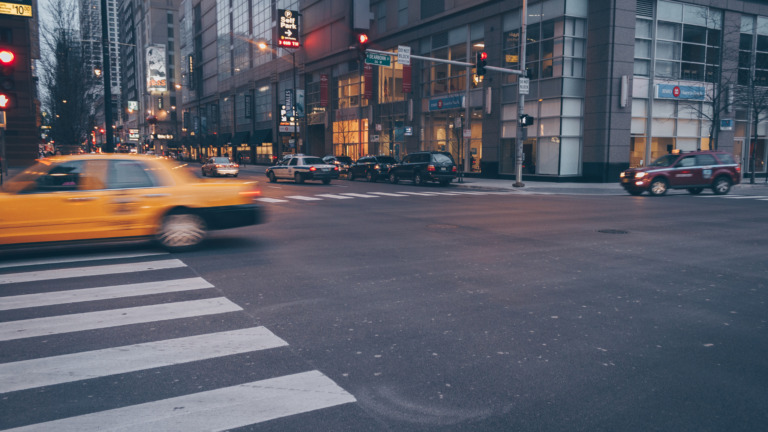When we take a picture, we capture light as it travels through the camera and hits the film or sensor. This process creates the image on the digital screen or in a physical photo album. In this blog post, we’ll take a closer look at how light works in photography and discuss some of the science behind how it affects our images.
The Basics of Light and Color in Photography
In photography, light affects the appearance of objects by producing color. The three primary colors are red, green, and blue. These colors are created when white light passes through a transparent object and is scattered in all directions. Another way to say this is that light includes all wavelengths of visible energy, from long (red) to short (ultraviolet). However, humans see only a tiny part of this spectrum.
The color temperature of light refers to how warm or cool it appears. Light with a higher color temperature looks warmer than light with a lower color temperature. In general, daylight has a high color temperature, and tungsten bulbs have a lower color temperature. Daylight is also referred to as “daylight white” because it casts a mellow yellow hue on everything it illuminates.
Understanding Light Quality and Direction in Photography
Understanding light quality and direction in photography is essential for capturing the right image. Getting the perfect light for our photo can be difficult, so it’s necessary to understand how light works and which direction it’s coming from.
When we take a photograph with natural or artificial light, the angle of the incoming light affects the color and intensity of the final image. The angle at which we take a photo also affects the direction of the shadows cast on the subject.
A wide-angle lens captures more of the surrounding environment than a telephoto lens. This means that photos with a wide-angle lens will have more background detail and fewer foreground objects than those with a telephoto lens.
Using Reflection and Refraction of Light in Photography
Reflection and refraction are two essential concepts in photography that can be used to create interesting effects. Reflection occurs when a light ray is reflected from a surface. Refraction occurs when a light ray passes through a medium and changes direction or speed. This can create an illusion of depth or width in an image.
Suppose the camera is positioned near the ground. Because of the reflection, the landscape will appear to be at a lower altitude. If the camera is set higher up, the landscape will appear at a higher elevation than it is because of refraction.
Shooting in Natural Light vs Artificial Light
Artificial light is generally used in photography to produce the desired effect. While natural light can be beautiful, capturing the perfect photo requires more time and effort because it is unpredictable.
One of the main drawbacks of shooting in natural light is that shadows can be harsh and contrasty. This is because shadows are formed when an object’s brighter features cast a shadow onto its darker counterpart.
Artificial light has several advantages over natural light. For one, artificial light is easier to control. We can use flash or adjust our camera’s shutter speed or aperture to create the desired effect. Additionally, artificial lighting is consistent, so we don’t have to worry about adjusting to different weather conditions or changing time zones. Also, if the photography is being done indoors, maybe in a studio or someplace else, it is very important to consider the role of artificial lighting. With the help of studio lights and other light tools, a picture perfect setting for the photo-shoot can be created. However, it is very important to bear in mind that the setup should be working properly to ensure a smooth operation. In case there is some problem with the lighting and electrical connections, it is always recommended to get a proper consultation from expert electricians company Red Deer or where located, to get the issue resolved at the earliest.
The Importance of Light and Shadow in Photography
Understanding light and shadow is one of the most important things we can do in photography. Learning to control these elements will allow us to create stunning images that capture the subject’s true beauty.
Light is an essential element in photography. Every object casts a certain amount of light, which is then reflected by other objects and used to create images on a film or digital media.
Shadows are created when light falls on an object and is blocked by another object. This creates an outline or shapes around the object that appears darker than the object itself.
Controlling the amount of light used in a photograph is one of the most important skills we can learn as photographers.
The Art of Using Light to Create Mood and Emotion in the Photos
We can use light to achieve these goals in several ways. One of the simplest ways to use light is to adjust the exposure settings. By adjusting the shutter speed or ISO, we can control how much light enters the camera lens, which will affect the photo’s tone and color. We can also use manual exposure mode if we want more control over our photo’s darkness and brightness levels.
Another popular way to use light in photography is by using shadows. Shadows are created when objects cast long shadows on other objects nearby. By positioning ourselves so that the subject casts a shadow on an interesting object nearby, we can create a dramatic effect in the photo.
Consider using flash photography to create a more realistic effect. Flash photography uses intense artificial light to create an instant burst of illumination that helps to capture details in dark areas or reflections on water surfaces. However, be aware that too much flash can make photos look amateurish or even tacky.
If we’d like to add extra magic to the photos, consider using light effects software such as Adobe Photoshop or GIMP. These programs offer a range of tools for adding lighting effects such as highlights, darks, and reflections to the photos.
Light Up Photography
Photography is all about capturing light and transforming it into an image. Whether we are shooting a portrait or a landscape, understanding the science of light is essential for achieving the perfect photo every time.
We have explored some of the basics of light and how it affects photography. Hopefully, this has given us a better understanding of what goes into creating great photos and allowed us to take our photography to the next level.


